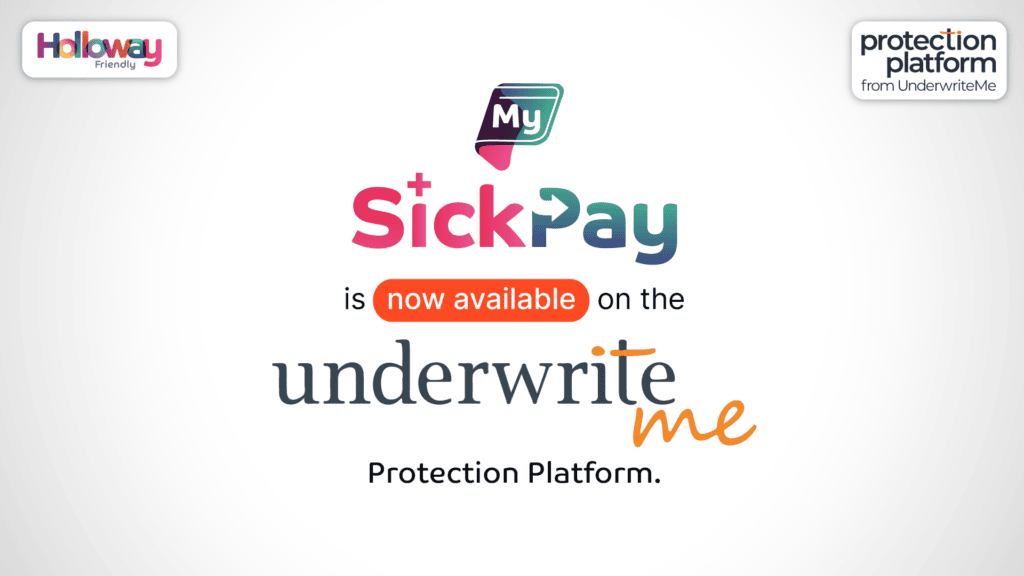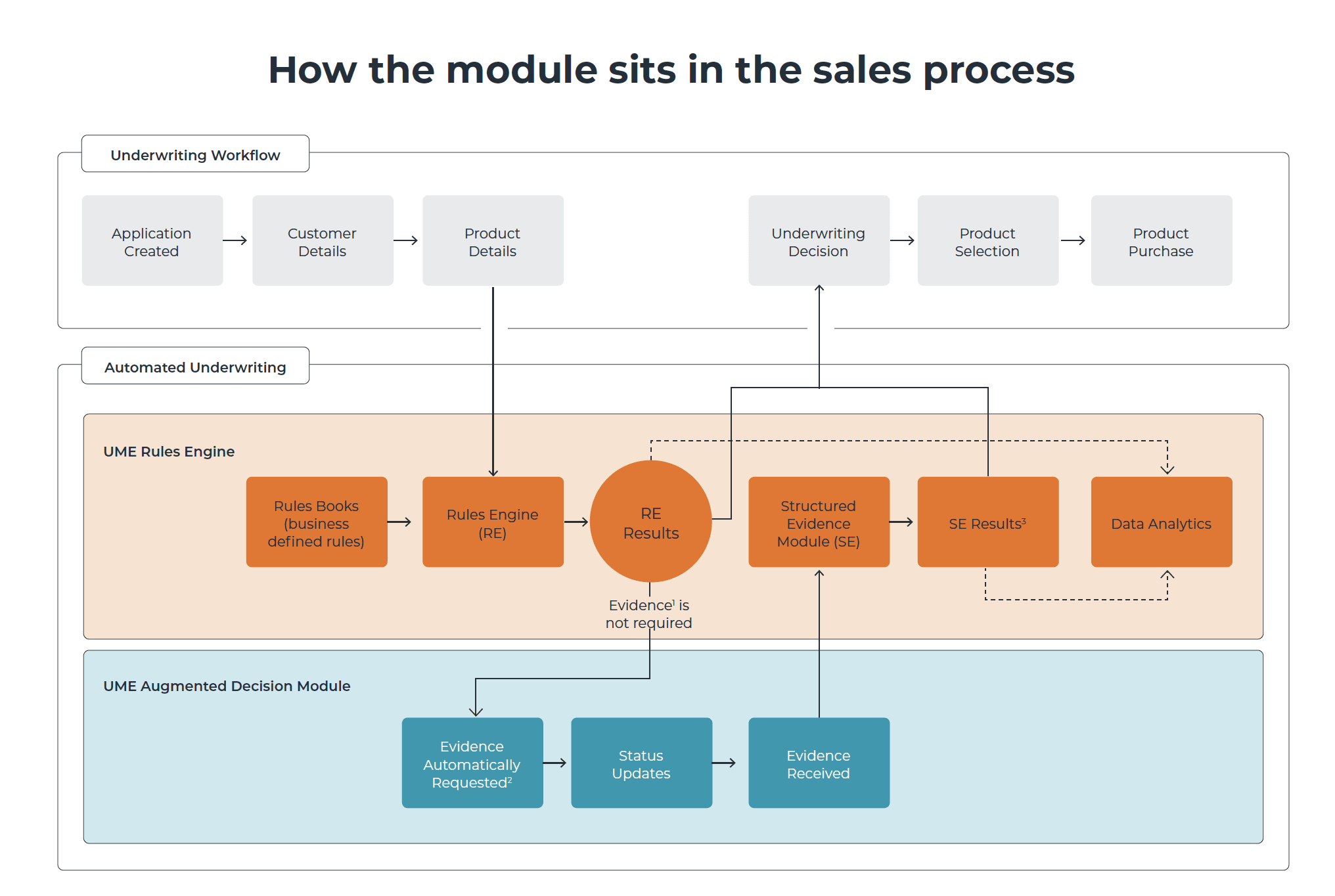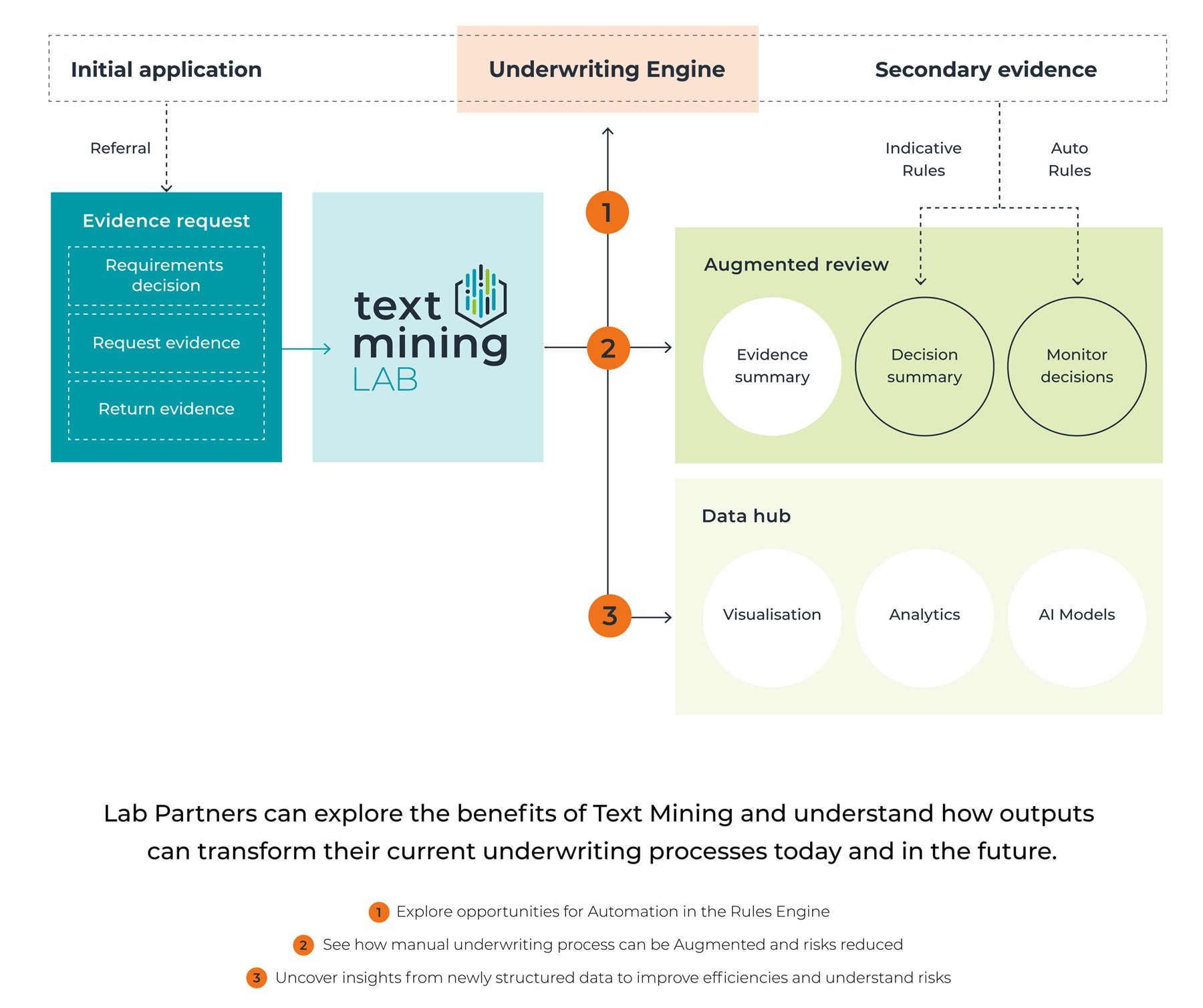December 10, 2018
Vaping to impact underwriting process
Vaping, genetic testing and wearable tech are the lifestyle changes expected to have the biggest impact on the underwriting of future protection insurance, according to a recent poll of insurers.
Automated underwriting platform UnderwriteMe had polled 13 insurance and reinsurance providers at its Underwriters Forum in November and found most were bracing themselves for lifestyle-related changes, in particular vaping.
Steve Baldry, director of underwriting at UnderwriteMe, said: “Vaping is growing in popularity and it falls outside the traditional ‘smoker’ category.
“With increasing numbers of people adopting this form of nicotine delivery and with little research to show what, if any, effects on health it may have, underwriters are being challenged to make decisions with little information.
“This means they are keeping a very close eye on any developments, in terms of numbers of people vaping and any findings about its impact on health.”
The conference also heard calls for the simplification of wording in the underwriting process, and for insurance companies to shorten declarations, especially for those intermediaries working over the phone who have to read the declarations out loud.
Improving the customer journey and ensuring fair prices were additional themes discussed at the forum.
Mr Baldry said: “Lifestyle issues such as the rise in obesity continue to be a major concern in terms of pricing to factor in increased risks of type 2 diabetes, heart attacks and strokes.
“Another major area where more work needs to be done is around mental health and how questions relating to what is a highly sensitive area should be framed and asked at the application stage.”
He added: “UnderwriteMe has worked with our insurance provider partners to get a short version of pre-application declarations that works for all and we’re working with them on doing the same for the end-of-application declarations too.
“Currently the time it takes to read these out varies from 25 seconds to three and a half minutes per insurer, so clearly there is work to be done.”






